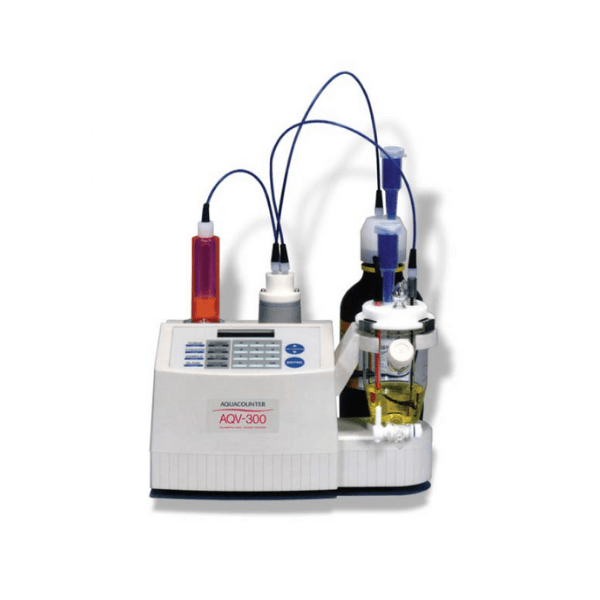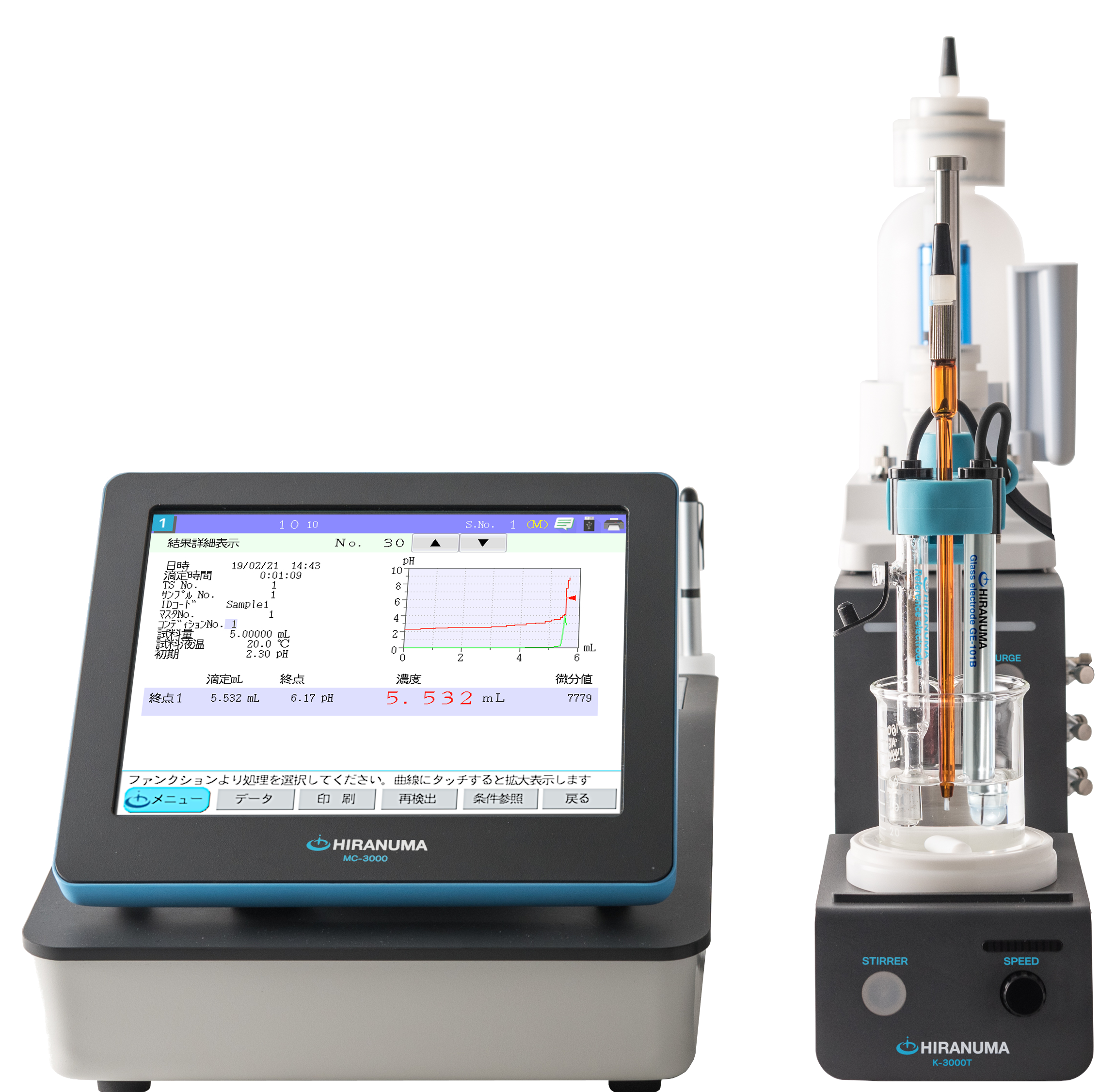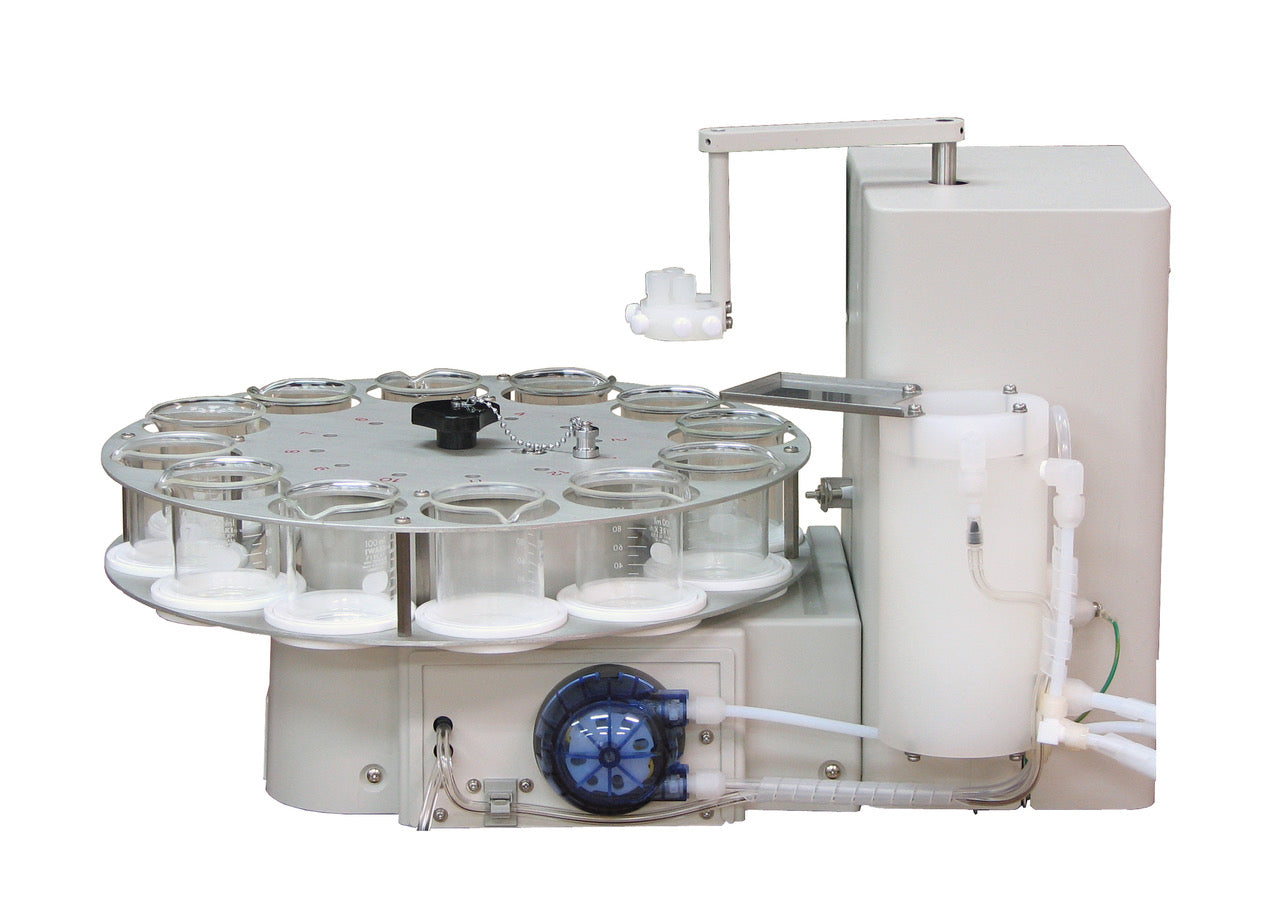Karl Fischer & Potentiometric Titration Application Library

Determination of sodium chloride in sodium hypochlorite | Autotitrator COM-A19
Sodium hypochlorite is produced by having sodium hydroxide absorb chlorine gas. Produced sodium hypochlorite contains residual alkali (sodium hydroxide, sodium carbonate) and sodium chloride generated by the degradation of hypochlorous acid. The residual alkali is determined by neutralization titration, and sodium chloride is determined by precipitation titration.
This report introduces an example of the determination for sodium chloride in the sodium hypochlorite with potentiometric titration.
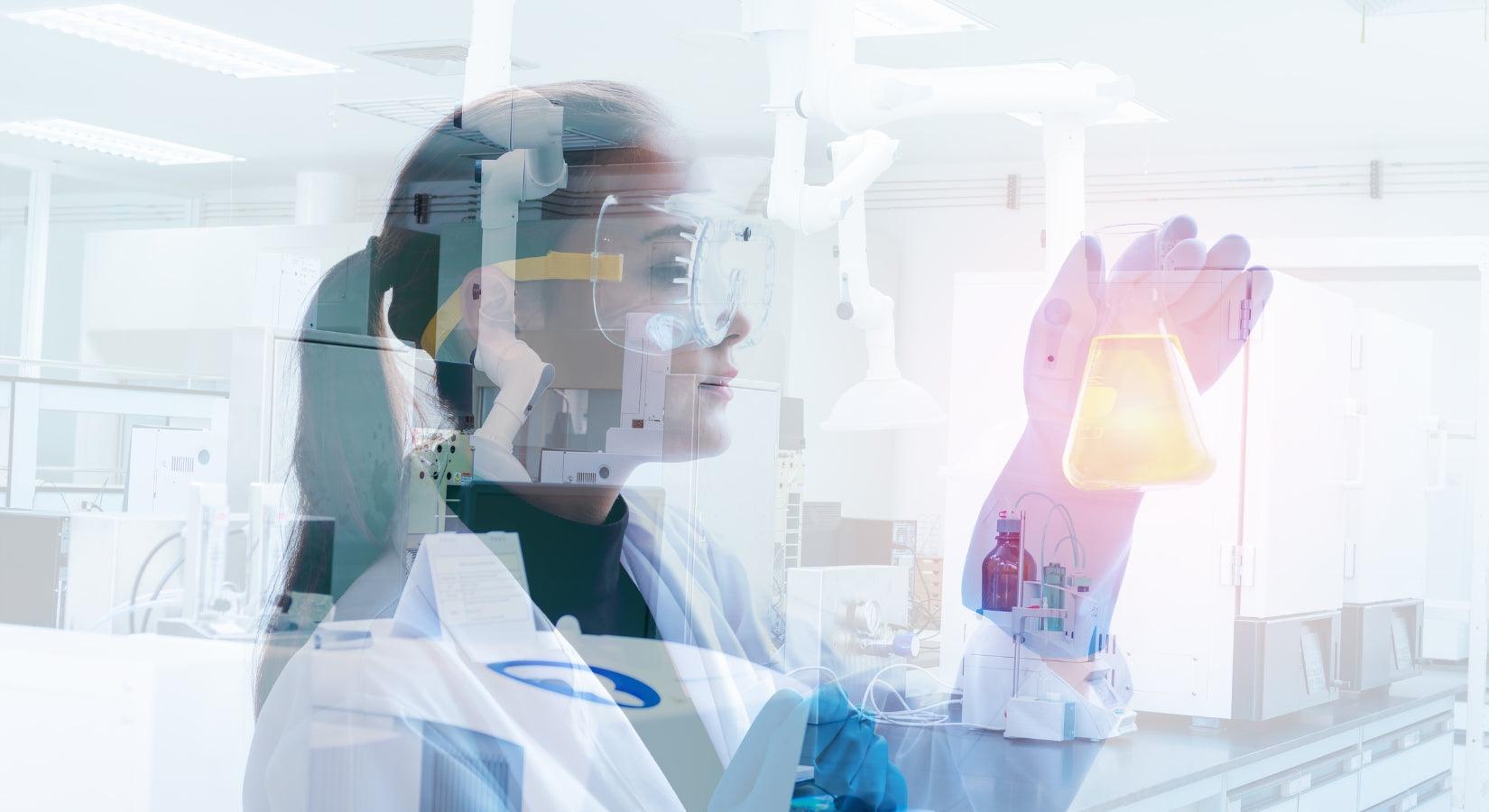
Determination of residual alkali in sodium hypochlorite | Autotitrator COM-A19
Sodium hypochlorite is produced by having sodium hydroxide absorb chlorine gas. Produced sodium hypochlorite contains sodium chloride generated by the degradation of hypochlorous acid.
This report introduces an example for the determination of residual alkali (sodium hydroxide, sodium carbonate) in the sodium hypochlorite with potentiometric titration.
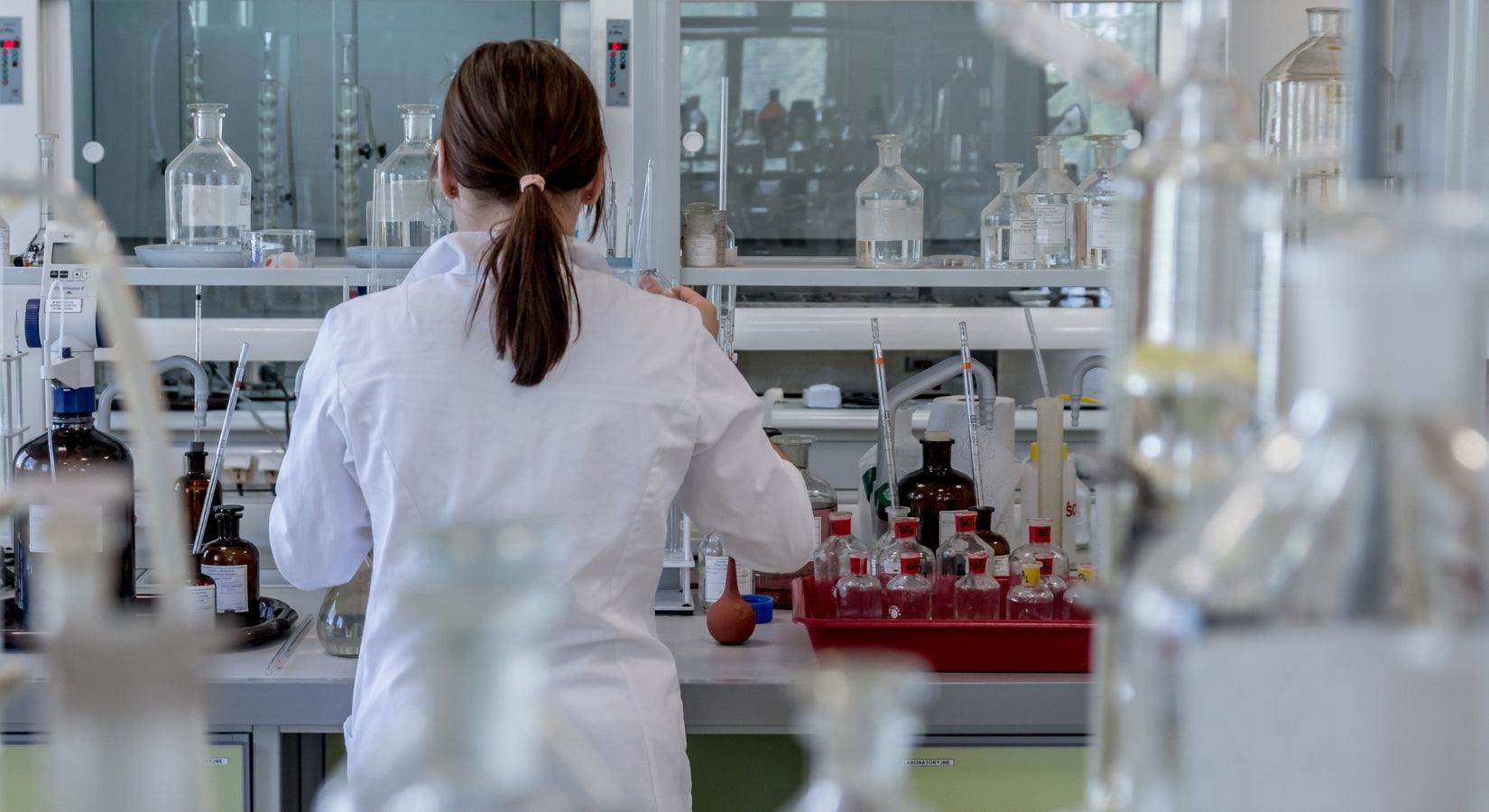
Determination of available chlorine in sodium hypochlorite | Autotitrator COM-A19
This report introduces an example for determination of available chlorine as follows:.
1) Add potassium iodide to sodium hypochlorite to generate free iodine.
2) Titrate the free iodine generated from the reaction (1) with sodium thiosulfate to determine available chlorine (2) by redox titration.
Cl₂ +2KI → I₂ + 2KCl・・・(1)
I₂ + 2Na₂S₂O₃ → 2NaI + Na₂S₄O₆・・・(2)
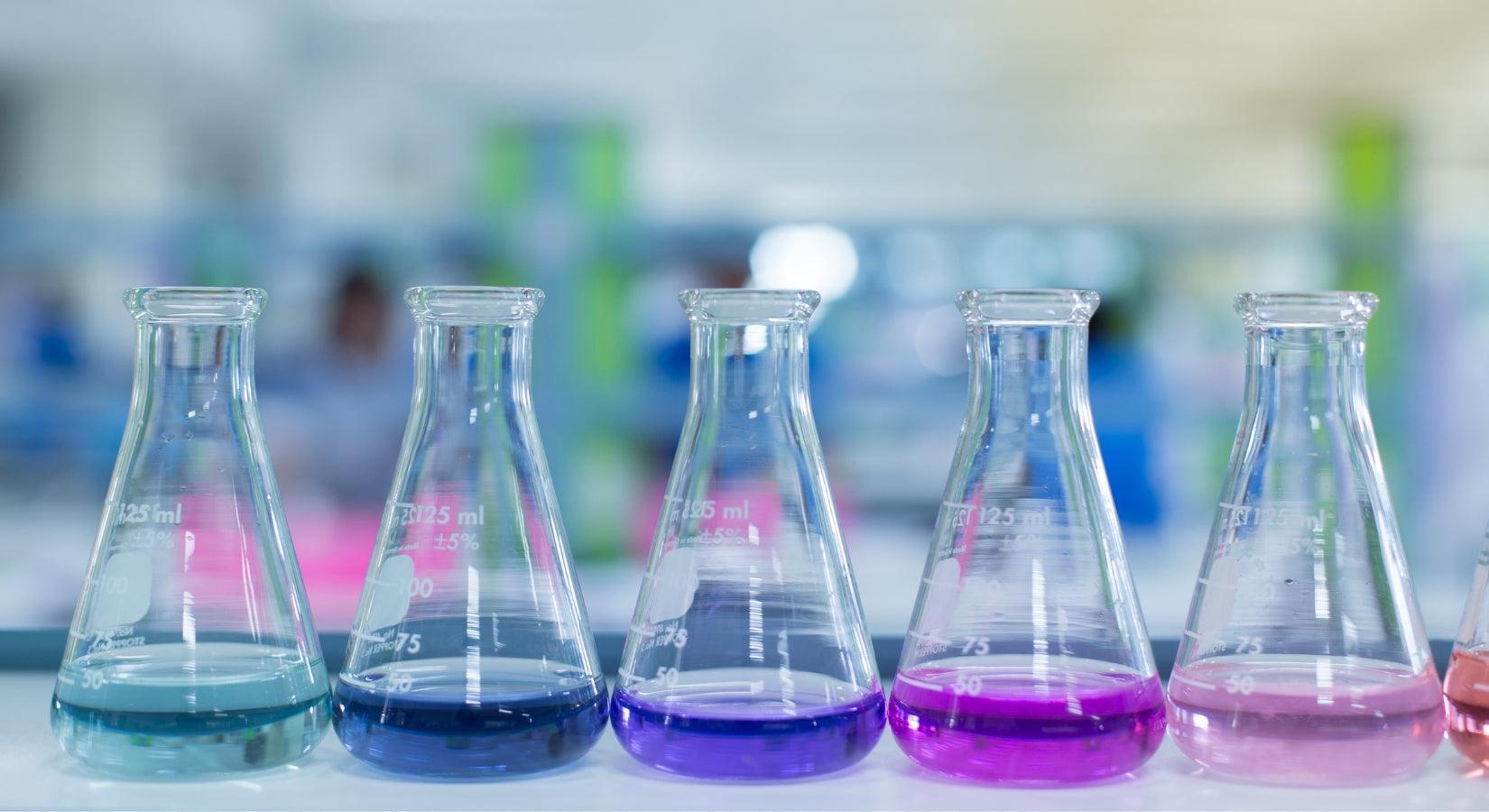
Fractional determination for mixture of sodium hydroxide and sodium carbonate | Autotitrator COM-A19
Sodium hydroxide and sodium carbonate have important roles as alkali component chemicals, which are used in a broad range of industries. The concentration of both components have to be determined because these are sometimes used with mixed.
This report introduces an example that the mixture solution of sodium hydroxide and sodium carbonate are fractionally determined with potentiometric titration.
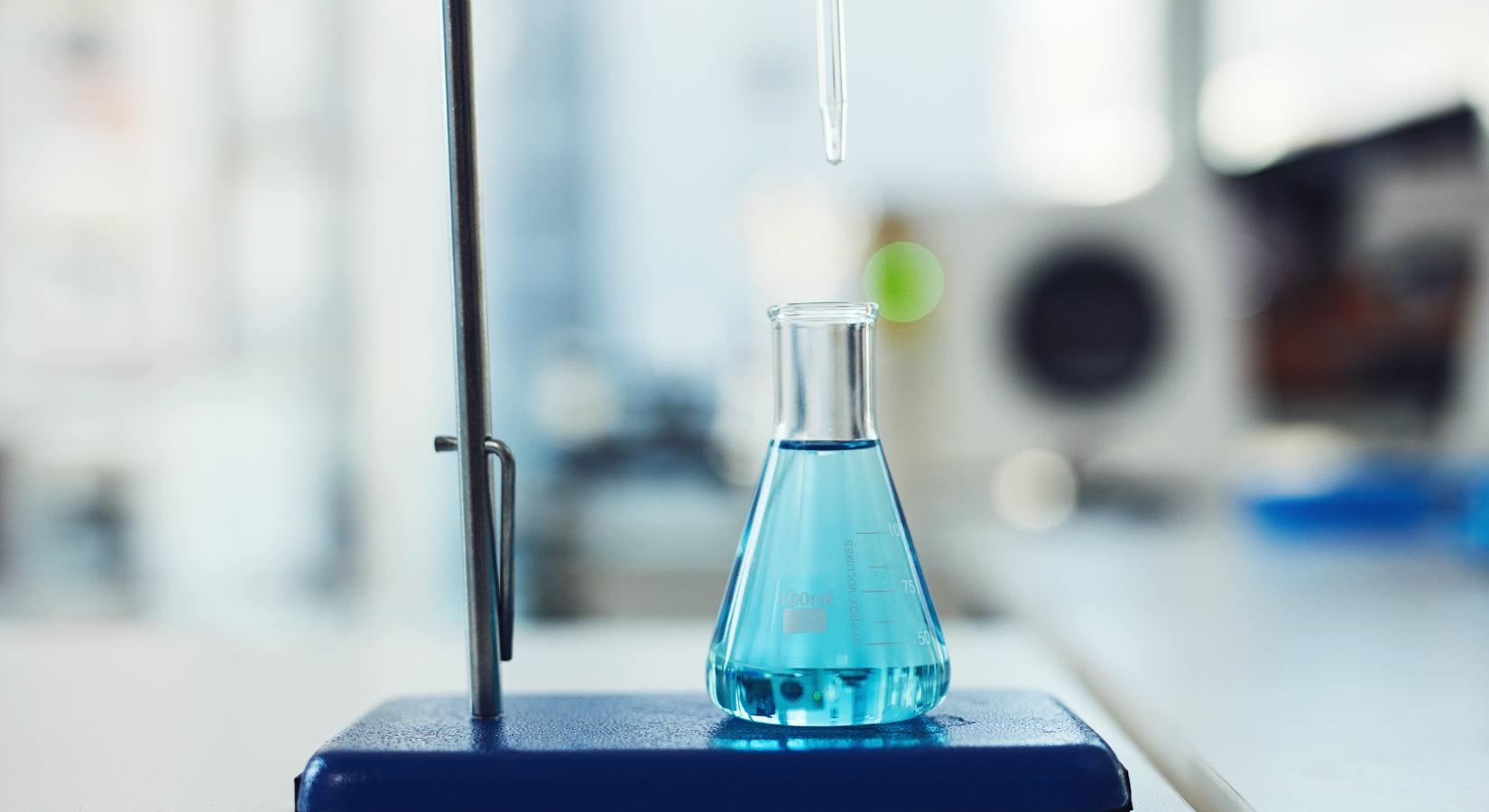
Purity determination of sodium hydroxide | Autotitrator COM-A19
Sodium hydroxide is one of the most elemental reagent in chemical industrial reagents. Its production amount is large and it is used in a broad range of fields. Sodium hydroxide absorbs carbonate gas and water in atmosphere because of its properties, the purity of sodium hydroxide is gradually reduced. Japanese Industrial Standard (JIS) K8576 defines determination method for purity of sodium hydroxide (titration with indicator). Representative impure substance in sodium hydroxide includes sodium carbonate.
This report introduces an example for the quantitative determination of sodium hydroxide purity and sodium carbonate by successive and fractional potentiometric titration.

